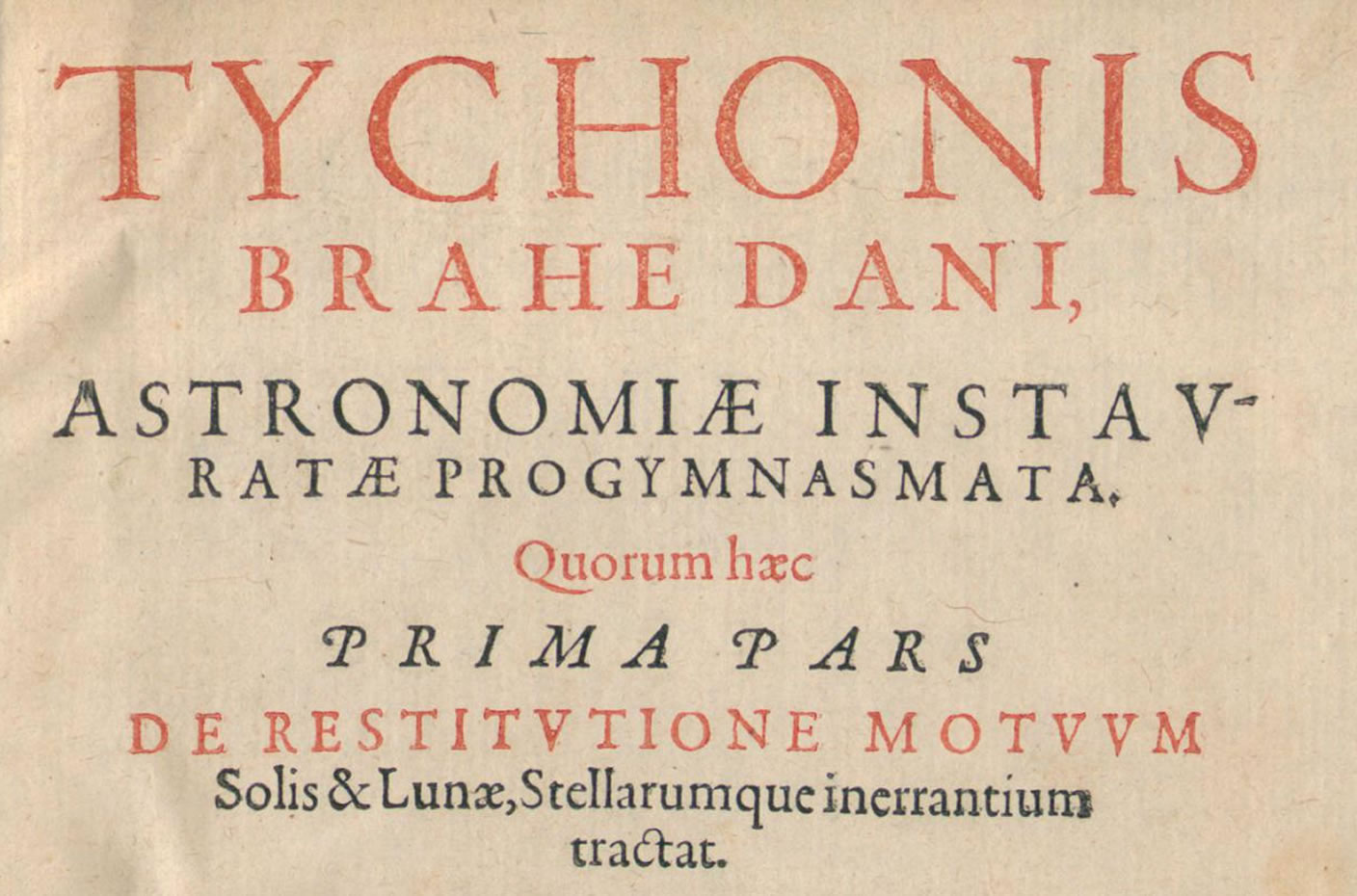The appearance of the nova in 1572

The nova of 1572 was particularly impressive: It appeared in the constellation of Cassiopeia in November 1572 with a luminosity as intense as that of Venus. In March 1574 the star disappeared again. According to Tycho Brahe's calculations, the nova could be placed above the Moon but this called into question the traditional assumptions regarding the properties of the heavens: immutability, hardness and impenetrability.
In his Antitycho (Venice, 1621) and then also in "De tribus novis stellis" (Cesena, 1628), Scipione Chiaramonti objected to Tycho's and the other astronomers’ calculations. On the Third Day of the Dialogue, Galileo, who opportunistically praises the Antitycho in the Saggiatore of 1623, refutes and makes fun of the calculations of the philosopher from Cesena.
Galileo's preliminary work for the criticism of Chiaramonti's "De tribus novis stellis"
Manuscript Ms. Gal. 47 in the possession of the Biblioteca Nazionale Centrale di Firenze contains notes Galileo made when reading Chiaramonti's work. There are comments, observations, calculations, summaries, etc. Galileo then reused this material when shaping the first part of the Third Day in the Dialogue (III 11–84), where he deals with Chiaramonti.